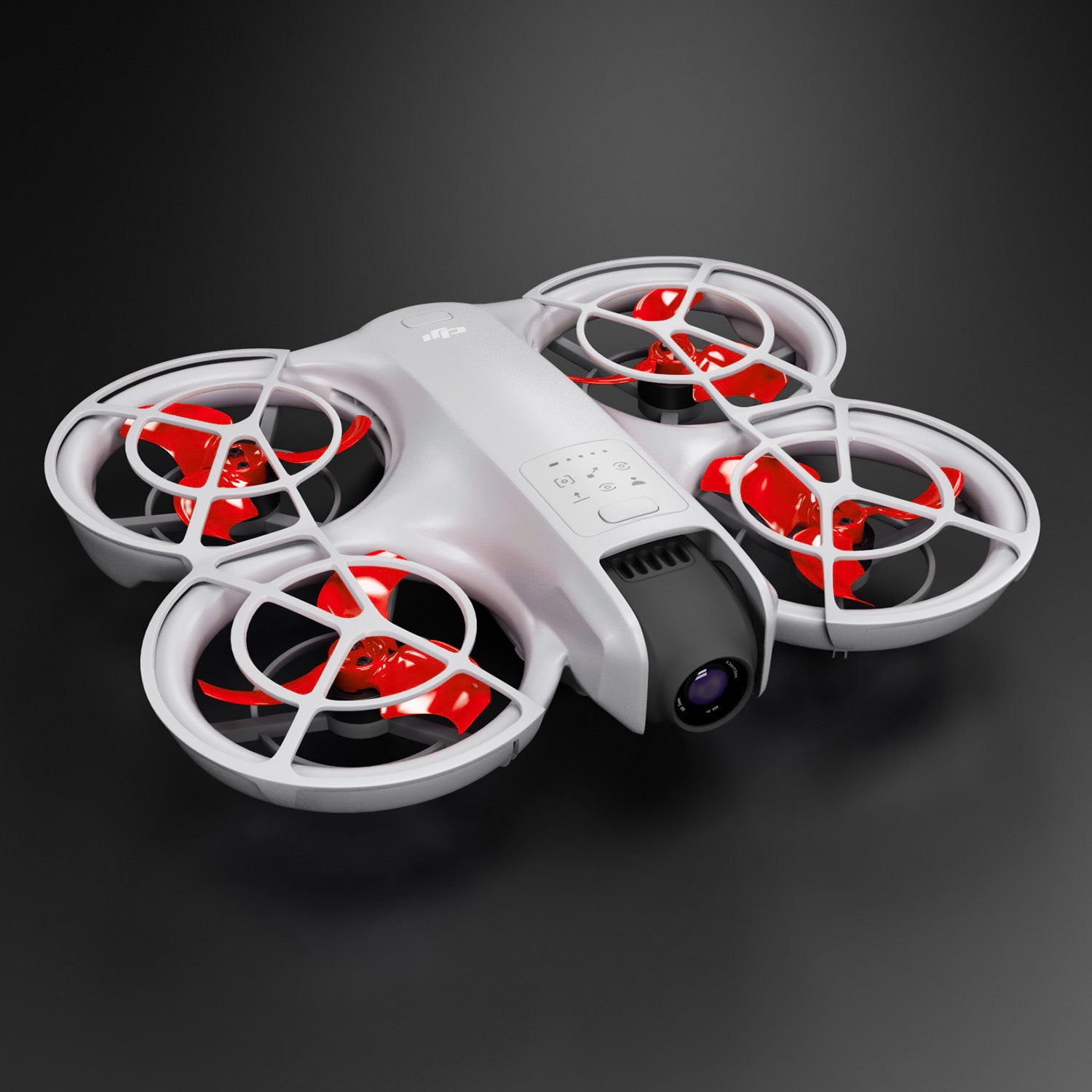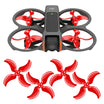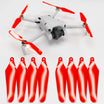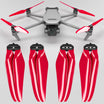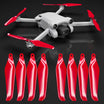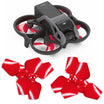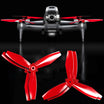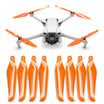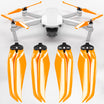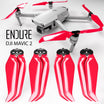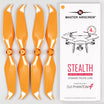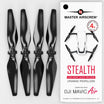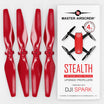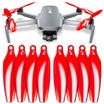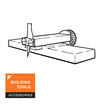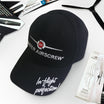Pusher vs Tractor Propellers
DIRECTION OF ROTATION
Below follows the definitions as determined by Master Airscrew.
The plane of rotation of a propeller is separating the space in two subspaces, referred to in front of (or above) the propeller and behind (or below) the propeller.
All propellers manufactured by Master Airscrew/Windsor Propeller are designed to pull air from the front subspace and move/force it behind the propeller.
Normal (N) - Tractor
Normal also known as tractor or standard, direction of rotation is established when a propeller is rotating counterclockwise (CCW), as seen by an outside observer standing in front of the propeller and looking at it.
Reverse (R) - Pusher
Reverse also known as P-type or pusher, direction of rotation is established when a propeller is rotating clockwise (CW), as seen by an outside observer standing in front of the propeller and looking at it.
Examples:
Reference to a multi copter with propellers mounted above the motor: When looking from above a drone at your feet, a Normal (N) propeller should rotate counterclockwise. A Reverse (R) propeller should rotate clockwise.
Reference to an airplane with front mounted propellers: When standing in front of an airplane and looking at the cockpit, a Normal (N) propeller should rotate counterclockwise (CCW). A Reverse (R) propeller should rotate clockwise (CW).
For more information on Pusher Configuration - click here. - Tractor Configuration - click here.


